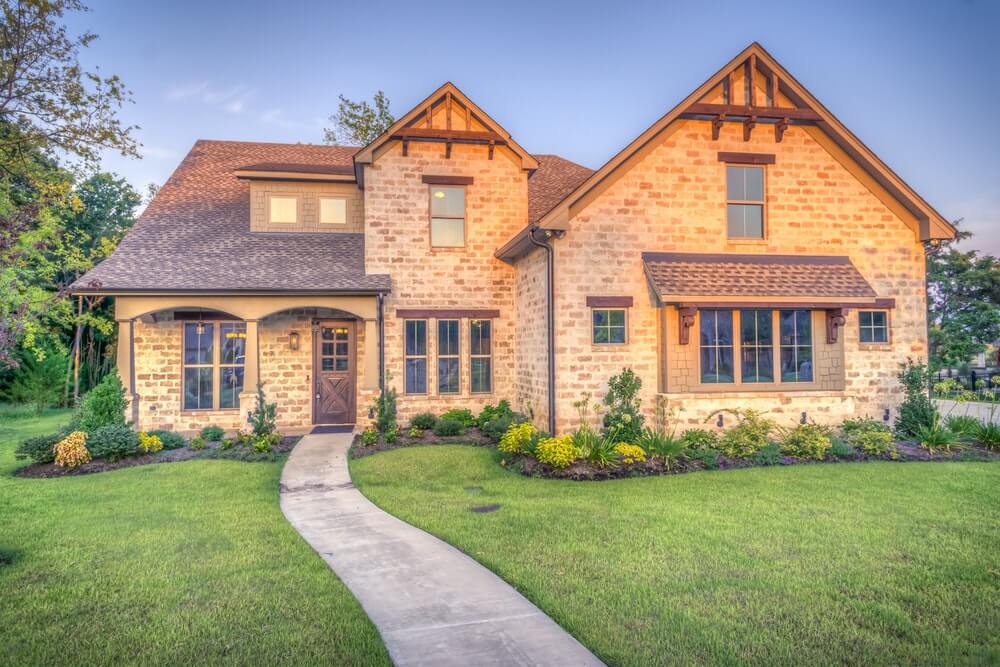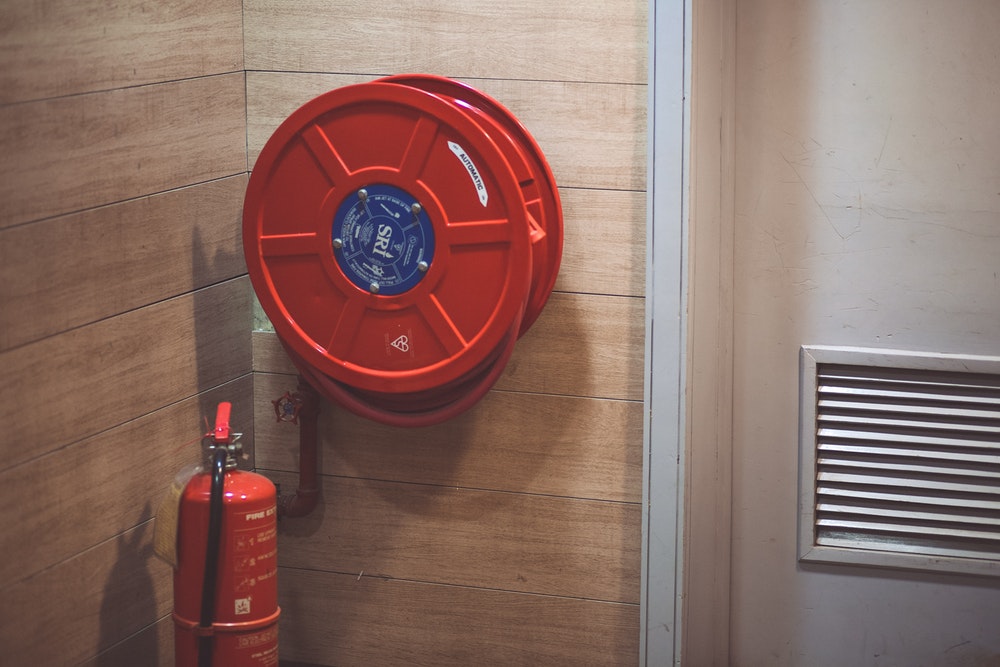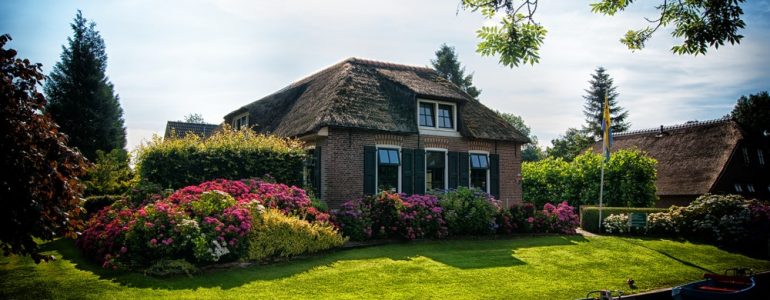Elderly residents, especially those who live alone, are some of the most common targets of thieves, burglars and other criminals.
They are also at a high risk of falls and other accidents.
Safety proofing your elderly family member’s home goes a long way in reducing various safety risks.
Here are some simple tips for safety proofing home for elderly that include both newer safety technologies and good old security measures as well as a few changes you can make around the house to improve safety.
1. Secure Doors and Windows

Start with the most obvious security weak points: the doors and windows.
Make sure burglars can’t get inside, or at least, they’ll have a hard time attempting to.
The doors should be heavy and resistant to breaking. Check that the frame is secure and that the door is in a good condition.
You may also need to upgrade to a more secure lock and install a deadlock (but make sure the key is always within easy reach in case of a fire).
Another tip: if the front door doesn’t already have a peephole, install one. It allows someone to know who is at the door before they open it.
Don’t forget to secure the back door as well. Because it’s hidden behind the house, it’s actually a better entry point for burglars.
As for windows, the easiest way to secure them is to install locks.
Sash locks and hinged wedge locks are ideal for double hang windows. For other types of windows, use a pin lock or a keyed lock.
You should also consider switching to tempered glass, which crumbles instead of shattering when hit. Another option is to add window bars such that a burglar can’t get in even if they break the window.
2. Install a Home Security System
A home security system consists of various devices that monitor your home and deter would-be burglars.
You can buy these devices one by one or buy a complete kit. Here are the most important components of a home security system.
- Security cameras. Mount them at the front, back and side of the house. You should also have one inside to record a crime in case a burglar manages to get in.
- Alarm system. An alarm system works along with sensors that you can attach to the doors, windows and at the front and rear of the house. If you are installing the system for your elderly family member, get one that will alert you on your smartphone if it is activated.
- Video doorbell camera. If the front door doesn’t have a peephole and you don’t want to put one in, get a video doorbell instead. When the doorbell is range, the doorbell camera will show a live view from outside the door, allowing one to see who’s there.
3. Fire Safety

Modern house fires burn incredibly quickly, engulfing rooms in a matter of minutes. An elderly person needs all the time they can get to safely get out.
Install smoke detectors in the living room, kitchen, bedroom and outside the bedroom. Remember to regularly test the smoke detectors and check their batteries.
You should also install carbon monoxide detectors.
Other fire safety equipment to have around include a fire extinguisher, a fire blanket for the kitchen and a fire escape ladder.
4. Get a Personal Alarm
A personal alarm, also called a medical alert system, provides a way to monitor an elderly family member.
Personal alarms vary in terms of functionality and features.
They range from simple devices that sound an alarm when a button is pressed to sophisticated versions that send out an alert via mobile phone to a family member or caregiver.
There are also those that come with a fall sensor integrated. An accidental fall triggers the alarm even if a button is not pressed.
5. Install Mobility and Support Aids
To help an elderly family member remain independent for as long as possible while staying safe, install mobility and support aids around the house.
For mobility, options include crutches, walkers and rollators, a wheelchair or a mobility scooter.
For support, install bathroom grab rails, a shower seat and a raised toilet seat. If it’s risky for them to walk to the bathroom, get a commode or a bedpan.
6. Identify and Eliminate Fall Risks
Mobility and support aids will greatly reduce the risk of falling. But they are not enough to completely eliminate that risk.
In addition to getting these aids, go round the house identifying anything that might make them fall.
Examples include areas that get wet such as near the kitchen sink or the toilet, stairs, fluffy and loose rugs and rickety railings.
To prevent falls, use anti-slip mats, add ramps to stair entries, secure any weak railings and replace fluffy rugs with a thinner carpeting that’s less likely to trip someone.
7. Switch to Safer Cooking Appliances
One of the biggest dangers for seniors who cook for themselves is forgetting to turn off the stove, which is a fire risk.
Fortunately, you can install a device that turns the stove off automatically if it is left unattended for a specific period. Some stoves have this feature built-in.
Other appliance replacements or modifications to consider include:
- A hob with easy to use controls. Some hobs come with touch controls, making them easy to operate even for seniors with arthritis.
- Cool-touch and drip-free electric kettle.
- A microwave with a dials instead of buttons and a small screen. Dials are easier to use and the numbers are easier to see.
- For large appliances like the fridge, dishwasher and washing machine, make sure the doors are easy to open. The user interface should also be easy to understand.
Don’t forget to hang a fire extinguisher in the kitchen where they can access it easily and quickly in case of a fire. Make sure they know how to operate it.
Bottom Line
Because each situation is different and different elderly persons have varying needs, the best way to safety-proof a home is to evaluate it yourself and determine the most effective safety measures.
Walk around the house, identifying safety risks in different rooms and areas. Then try to minimise the risks as much as you can.







